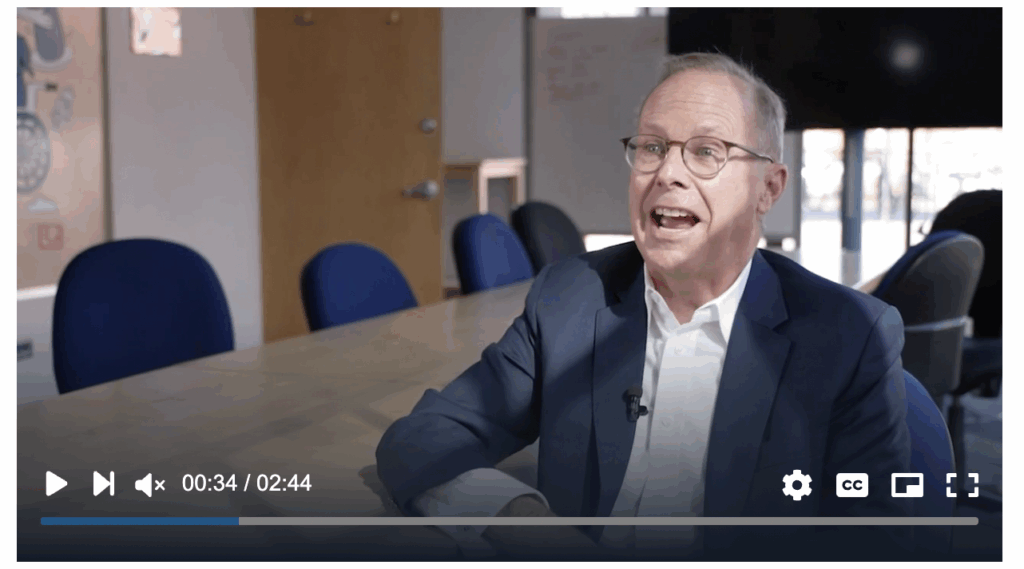
Welcome to the CU Denver Change Makers Alumni website
This newly designed space helps you connect across cohorts with other like-minded individuals who have also completed the fellowship program. We hope you’ll visit regularly to stay informed about future events, learn more about your fellow alumni and stay connected with the Change Makers community.
Explore the site
This site offers a range of features aimed at building connection and community. These include:
- Events: Stay informed about upcoming events
- Forum: Engage with other Change Makers alumni through general dialogue or topic-driven exchanges
- Directory: Access information and profiles about your fellow Change Makers alumni
- Volunteer: Volunteer with fellow alumni to strengthen connections and help others continue their Change Makers journey
These features will appear as Tabs at the top of the screen after you’ve registered as a site user. To do this, scroll down to the “How to Get Started” section below.
Stay up to date
You’ll also notice posts on the home page to the right of this welcome section. These will be updated regularly to include alumni profiles, inspirational quotes, links to timely resources and updates on the Change Makers program. We encourage you to check back often to stay in the loop.
Note: This is a private site for CU Denver Change Makers alumni. Access to the directory, forum, and other features is available only to registered alumni users
How to get started
To access and use all the site’s features, you’ll need to first register and log in.
- Register by clicking on the “Login” button in the top right. On the Login page, click “Register” and create a username and password for logging into the site.
- Build your profile: After logging in, you’ll be taken to a user page where you can add a photo and provide a little information about yourself by clicking on the gear button.
- Access your account: Once complete, you’ll see your name and photo appear at the top right
- Return home: To get back to the home page, click on “CU Denver Change Makers Alumni” at the top.
And if you’re looking for information about the Change Makers program itself, visit https://www.ucdenver.edu/change-makers
ALUMNI UPDATES
Stories, resources and news from the Change Makers community
- Change Makers in the spotlight

Change Makers alum Mark Montgomery was featured in a Denver 7 news segment that aired Nov. 10, and he represented the fellowship well. “We’re not just used up, washed out, done … we are able to participate and lead in new and different ways that we might not have even imagined before we started the course,” he said.
The broadcast also included interviews with Anne Button and Rachel Cohen, who lead the Change Makers program. The segment was well timed and will hopefully drive applications for the next fellowship cohort, which begins in January 2026. To see the full segment, click here.
- Getting to know CM alum Patti Lemlein
This is the first in what we hope will be an ongoing series of Change Makers alumni profiles — a chance to get to know one another a little better through stories, reflections and glimpses into life after the program.
We’re looking for more alumni to feature, so if you’re willing to be profiled in a future post, please reach out to our site editor, Lisa Schlichtman, at lschlichtman@gmail.com.

Q. What are your hobbies and interests?
A. I am a lifelong exerciser and enjoy yoga, barre, Pilates classes, walking and some hiking. My newest sport is playing golf. I love to travel, I’m an avid reader and I enjoy theater, movies/streamer shows, trying new restaurants and spending time with my family (two grown children) and two lively Bearded Collie dogs. I have also recently resumed art classes (I was an art major in college), and my main mediums are watercolor and collage.
Q. What’s something meaningful you’re currently working on or are involved in (professionally or personally)?
A. I recently became a mentor for the Challenge Foundation, which aligns very well with my career background and skills. It also speaks to my heart to do something that truly matters. It’s a wonderful organization, and I adore my mentee. She’s an 11-year-old girl of Indian descent, born in the U.S., whose parents and siblings immigrated to the U.S. in 2013 from Myanmar. They now reside in Aurora. She is attending Graland Country Day School this year after coming from a public school setting, so it’s a big transition, and I enjoy supporting her.
Q. What is something about you that would surprise people?
A. The actor Michael Douglas came to my wedding and cut in with my husband on our first dance.
Q. What about Change Makers had a lasting effect on you?
A. I think it is the encouragement to keep exploring new possibilities—to keep moving forward and not get stuck in the past or stay with what’s familiar and comfortable. This isn’t always easy to do. I joined Change Makers at a crossroads in my life: Within 18 months, I retired, lost my husband after a long illness and moved from California to Colorado. I was searching for what came next, and the class helped me reflect and start exploring new possibilities. One of the most valuable lessons was looking back before moving forward — using self-reflection as a compass to guide me toward renewed purpose.
- Monday inspiration

“Wisdom begins in wonder.” – Socrates
May your day be filled with wonder.